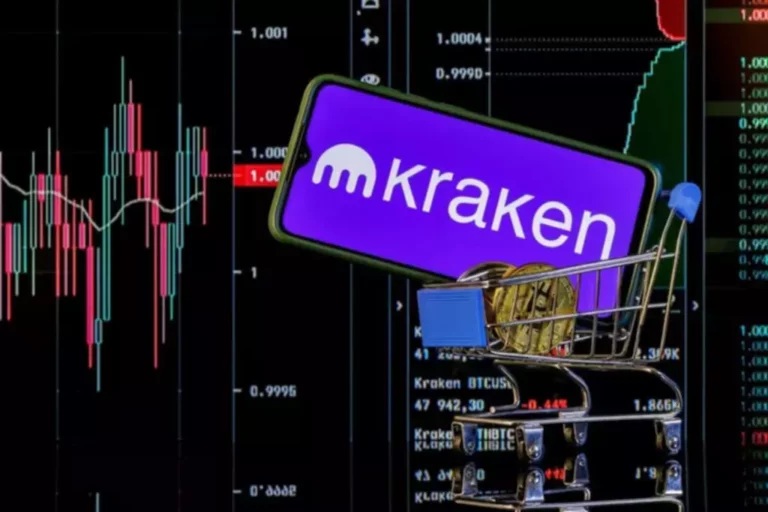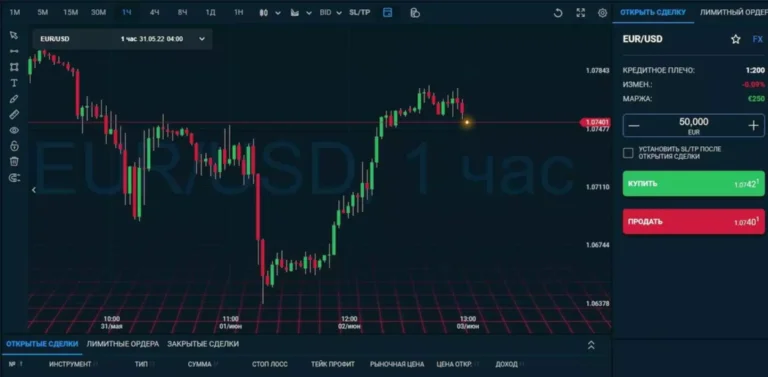Content
- Understanding Fibonacci Retracement
- Fibonacci Time Zones for Predicting Market Timing
- Chapter 2: Key Fibonacci Ratios
- Uptrend Example: AUDUSD Daily Chart Analysis
- How do traders use Fibonacci retracement?
- What are the common mistakes when applying Fibonacci?
- Understanding the Fibonacci Sequence and Its Application in Trading
No representation or warranty is given as to the accuracy or completeness of this fibonacci retracement indicator information. Consequently any person acting on it does so entirely at their own risk. Any research provided does not have regard to the specific investment objectives, financial situation and needs of any specific person who may receive it. It has not been prepared in accordance with legal requirements designed to promote the independence of investment research and as such is considered to be a marketing communication. Although we are not specifically constrained from dealing ahead of our recommendations we do not seek to take advantage of them before they are provided to our clients. This means you don’t own the underlying asset, but you’re predicting its price movement.
Understanding Fibonacci Retracement
For example, if a trader believes that the price of an instrument is likely to make a minor correction after an uptrend, he or she may place a buy limit order near the 38.2% or 50% Fibonacci retracement level. For example, if a trader is in a long position and the price starts to move against him, he can place a stop-loss order near the 61.8% Fibonacci retracement level to limit his potential losses. In summary, Fibonacci retracement levels are not a standalone trading strategy but rather a tool to be used in conjunction with other indicators to identify key price levels and potential market trends. In this article, we have presented two main strategies that involve the use of Fibonacci retracement levels alongside https://www.xcritical.com/ other indicators like the Awesome Oscillator and RSI. Leonardo Pisano, also known as Fibonacci, once said, “Numbers rule the universe,” By understanding these key levels, you can make more informed decisions and increase your chances of success in the market.
Fibonacci Time Zones for Predicting Market Timing
You’ll draw the Fibonacci retracement levels on the chart to confirm key support and resistance levels. The following strategy combines the use of Fibonacci levels and the Awesome Oscillator indicator to capture market momentum and make profitable trades across various asset classes. To illustrate this strategy, we will examine the price movements of Bitcoin on a live trading chart. If you’re fascinated by the world of technical analysis, you’ll be excited to learn about the Fibonacci Retracement strategy. This powerful tool can be used to predict potential price movements in any market, and it’s based on a natural sequence found in many aspects of nature.
Chapter 2: Key Fibonacci Ratios
In this case, you could place a take-profit at the 61.8% retracement point at 6,800 and a stop-loss at 6,400. If the trade works out fine, the take-profit at 6,833 will be triggered while a stop-loss at 6,378 will be triggered if the trade fails. It is also used to identify potential areas of pullbacks and continuations.
Uptrend Example: AUDUSD Daily Chart Analysis
Overall, Fibonacci Retracement is a powerful tool that can be used in any market, from stocks to cryptocurrencies to commodities. The next position would have to be opened only on the next rising candle (after the price reversal), however, it is not the beginning of a confident growing trend. Situations like this happen sometimes — they are difficult to foresee and therefore provided for in this high risk management. You just need to learn how to set the grid correctly and feel how the market trends.
How do traders use Fibonacci retracement?
Advanced techniques such as Fibonacci confluence and cluster areas, the role of Fibonacci in Elliott Wave theory, and Fibonacci time zones further expand the versatility of Fibonacci trading strategies. However, like any strategy, it requires a clear understanding of its mechanics, careful application, and robust risk management practices to be effective. Fibonacci retracement and extension is a technical analysis tool that uses horizontal lines to identify potential levels of support and resistance in an asset’s price movement. By plotting the price swings from high to low, traders can use the Fibonacci ratio of 23.6%, 38.2%, 50%, 61.8%, and 100% to forecast where the price may retrace or extend to. The Fibonacci retracement levels are used to determine the support levels, while the Fibonacci extension levels are used to identify potential profit-taking levels. These levels are widely used in forex, stocks, and cryptocurrency trading to make informed trading decisions and increase the chances of success.
What are the common mistakes when applying Fibonacci?
The risk in the trade would be low as compared to the profit potential because the trader is protected by a stop-loss order placed near the entry level. The Fibonacci tool can help you find entry and exit points on the price chart and also facilitate placing your stop loss and take profit points. This allows you to trade purely on the basis of price action, taking emotions away from your trading. The GBP/USD is one of the most popular currency pairs in the Forex market, and it offers a lot of opportunities for traders who are looking to make profitable returns. One of the strategies that traders use when trading the GBP/USD is the Fibonacci retracement strategy.
- Therefore, if you are trading with Fibonacci at the core of your system, expect things not to work out about 40% of the time.
- Fibonacci retracement levels help traders to identify the entry and exit points for trades.
- The Fibonacci retracement strategy is a popular technical analysis tool to identify potential reversal levels in financial markets and is used by traders.
- The sequence starts with 0 and 1, and each subsequent number is the sum of the two preceding ones (0, 1, 1, 2, 3, 5, 8, 13, and so on).
- For example, if a currency pair is in an uptrend and retraces, it might find support around the 61.8% level before continuing the upward movement.
- The principle of plotting Fibonacci retracement level numbers in a chart using a channel differs from platform to platform.
Using Fibonacci to trade reversals
We start by identifying the pivot point using the previous day’s high, low, and close, or download the indicator from here for free. Next, we draw the Fibonacci arcs by using the swing high and low as the end points. Your position will be opened at a fraction of the value of the total position size – meaning you can gain or lose money much faster than you might expect. You’ll also need to keep in mind that past performance doesn’t guarantee future returns. Fibonacci extensions are another way to make the sequence more complex and increase potential outcomes.
Fibonacci retracement indicator does a decent job in accurately identifying key reversal points. However, using it can be difficult in comparison with executing your strategies on historical price charts. You need to use the strategy in conjunction with other trend-reversal indicators and strategies. Trend reversal strategies are popular among traders as they usually provide them with low-risk and high profitability trading opportunities. Trailing stop loss orders can be a valuable tool when trading bearish engulfing patterns.
It’s important to note that Fibonacci Retracement is not infallible and should be used with other technical and fundamental analysis tools when making trading decisions. The reality of Fibonacci retracement is that it is almost impossible to use it alone. The most popular tools that traders use when using the tool are indicators like the moving average and the Relative Strength Index (RSI) and the MACD. The other approach for using the Fibonacci retracement tool is to place a stop-loss and a take-profit.
For example, if we are in a downtrend, we will anticipate the Fibonacci key levels to act as support zones from where we can expect a buy trade setup. Traders often wonder what timeframe is appropriate to create a Fibonacci sequence. Day traders will typically use a short timeframe to gauge support and resistance. This could include identifying bullish MACD crossovers or divergences to confirm a potential support level for a stock.
These levels indicate where a price correction may reverse or pause before continuing in the original direction. Some traders believe these retracement levels align with natural price movements and can offer insights into potential entry or exit points. Swing trading is a strategy that attempts to capture gains in a stock within a relatively short period of time, usually a few days to a few weeks.
We share free backtested trading strategies daily (some articles written using AI). Our best trading strategies and articles are found on our website (non-AI). The market did try to rally, and stalled below the 38.2% level for a bit before testing the 50.0% level. The inverse of the golden ratio (1.618) is 0.618, which is also used extensively in Fibonacci trading. The most impactful releases of this week will fill the market with volatility and sharp movements. That is why we have created the Purple Academy where you can find interesting articles, knowledge-expanding ebooks and detailed trading turorials.












